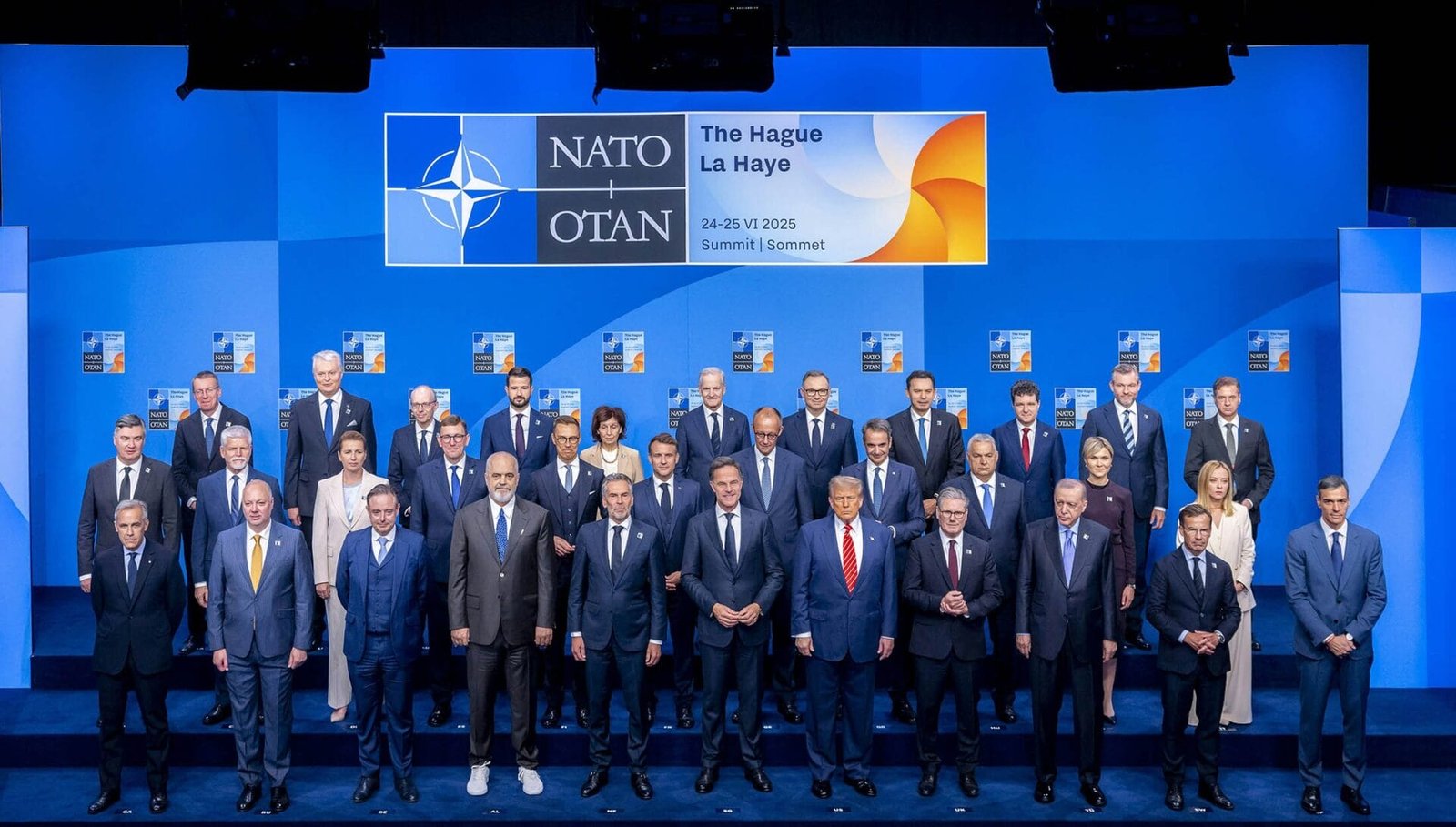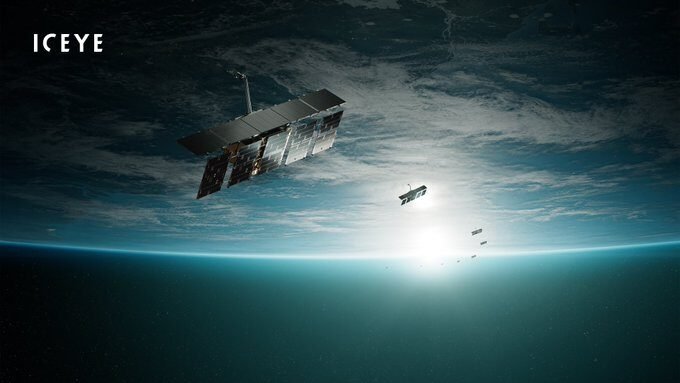Introduction
At a summit held in The Hague, the representatives of the NATO countries signed the final document committing the North Atlantic Alliance members to increase their defence spending to 5% of the Gross Domestic Product (GDP) by 2035.

Spending Breakdown
This 5% will consist of 3.5% investment in defence and 1.5% in protecting critical infrastructure. An initial step will be made in 2029 to see if the needs have changed over time to redirect spending priorities.
Threat Assessment
Allies agree that the defense spending increase is based on the long-term threat posed by Russia to Euro-atlantic security, and the persistent threat of terrorism.
Defence Outlay
As part of the agreement, the Allies will allocate at least 3.5% of GDP each year, based on the agreed definition of NATO defence expenditure by 2035, on meeting the fundamental resource requirements for defence and meeting NATO Capability Targets. To this end, Allies will provide annual plans that outline a credible and progressive path towards achieving this goal.
Infrastructure and Network Protection
Additionally, alliance members will contribute up to 1.5% of GDP each year to protect critical infrastructure, defend networks, ensure civil preparedness and resilience, unlock innovation, and strengthen the defence industrial base.
Spain Is Inflammatory
Spain stood alone in unilaterally stating it wanted to spend ‘only’ 2% of its GDP so as not to jeopardize welfare (and the political compact that backs the Sanchez Government), a position not favoured by US President Trump who threatened to deliberate trade retaliation against Madrid.
Spanish Prime Minister Sanchez argues that the 5% GDP threshold will require an additional €50 billion per year, an unbearable expense and that a significant portion of these resources will ultimately benefit the US defense industry.
Italy’s Position
On her part, Council President Giorgia Meloni claimed that the Dutch summit was significant for the commitments made; significant and sustainable commitments. According to Meloni, the costs are sustainable for Italy and the Safeguard Clause will not be activated in 2026 and social spending will not be affected.
Source and photo credit @NATO






